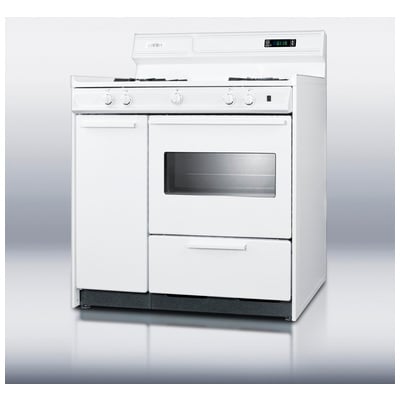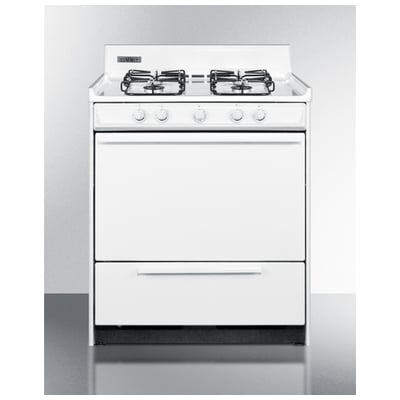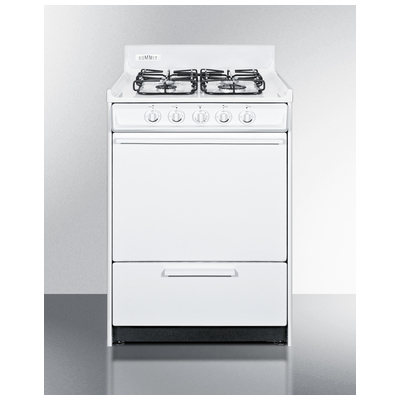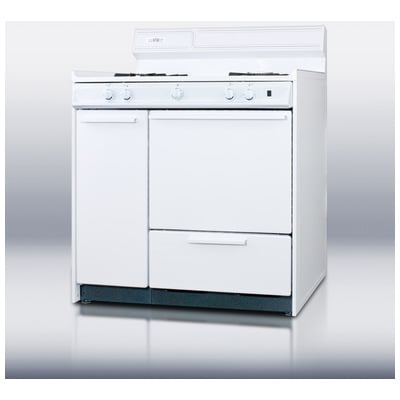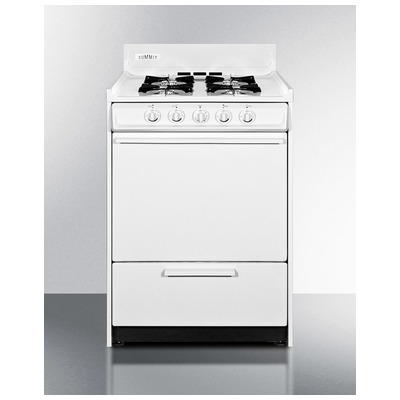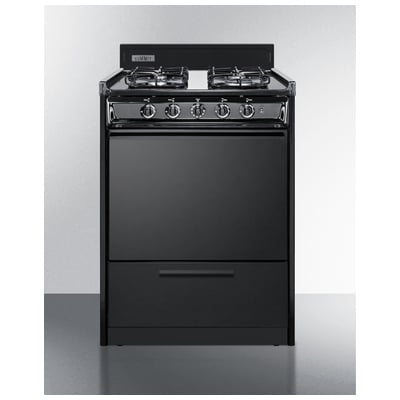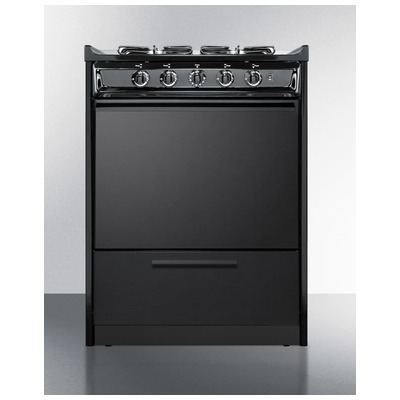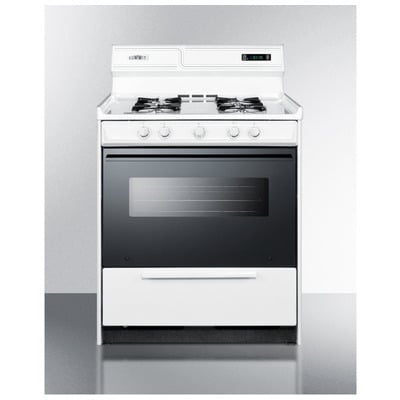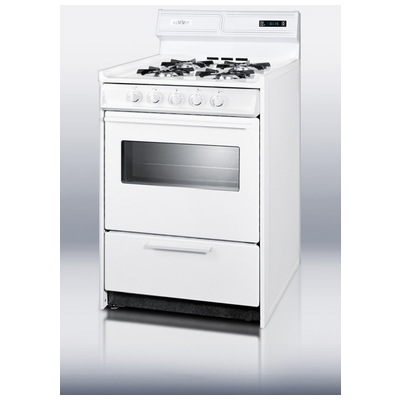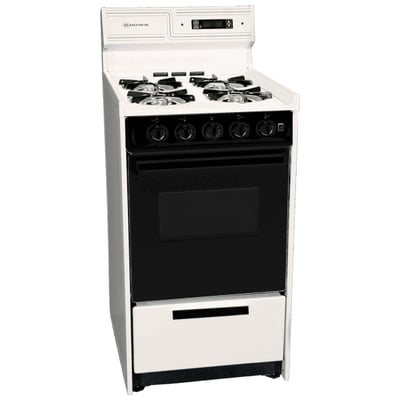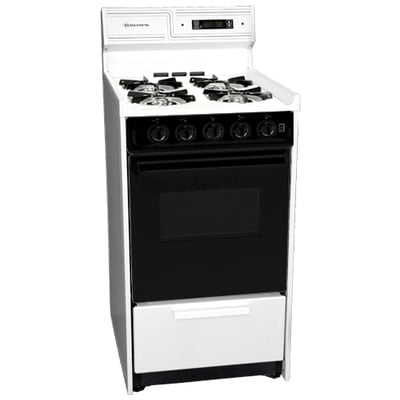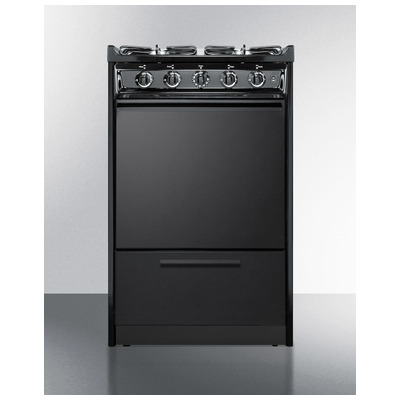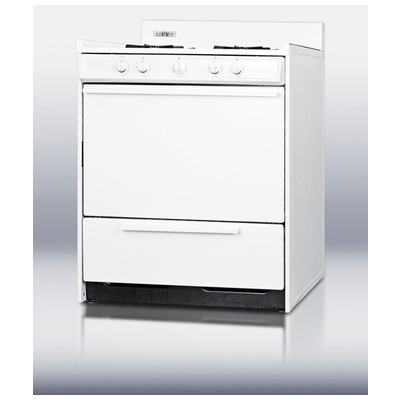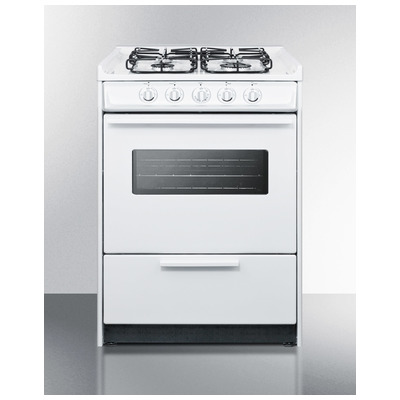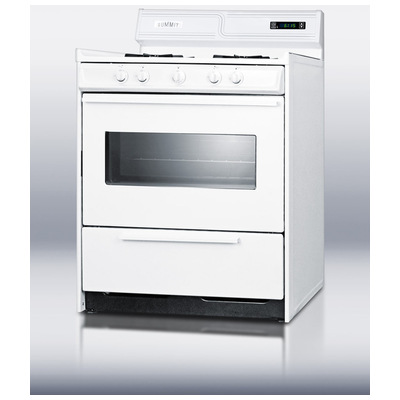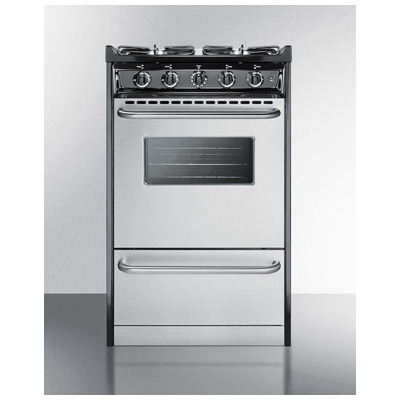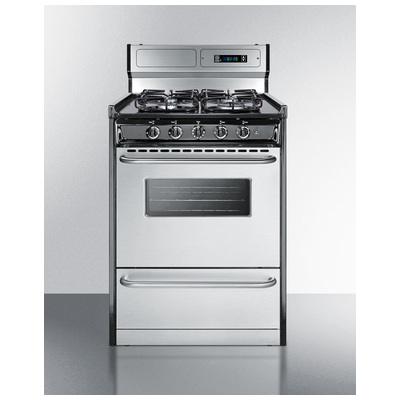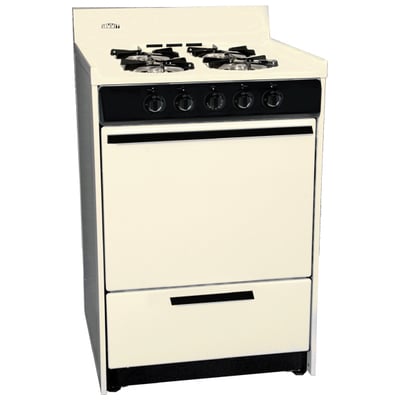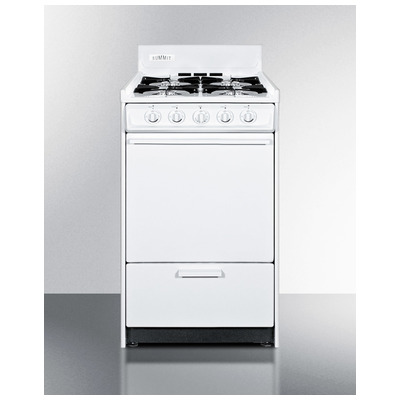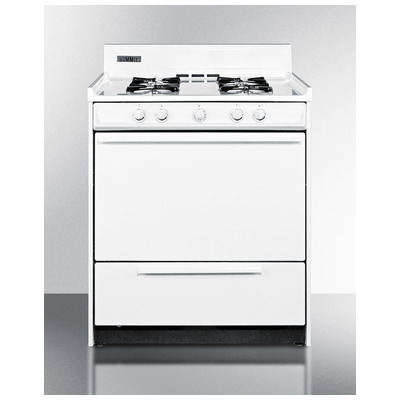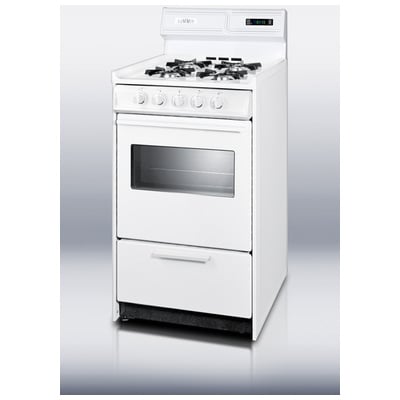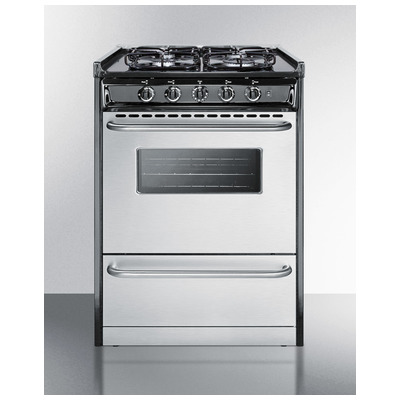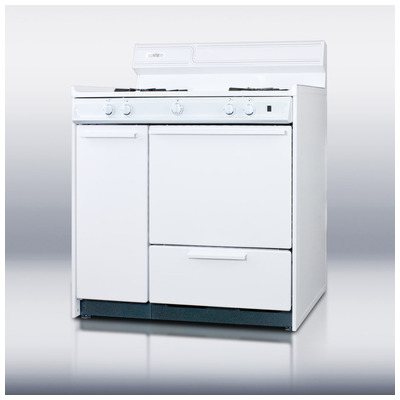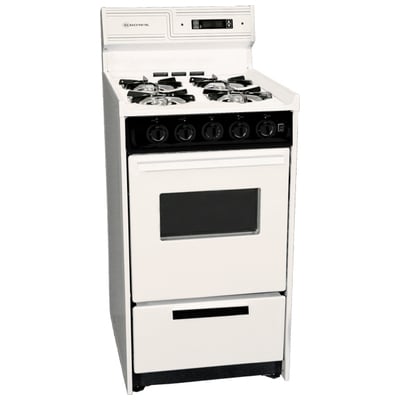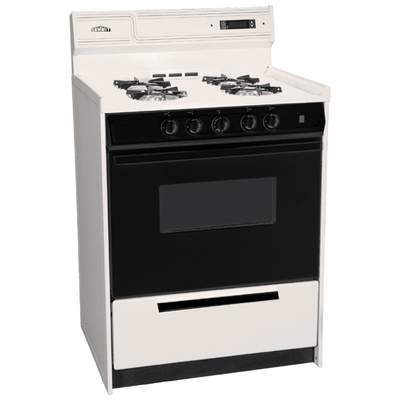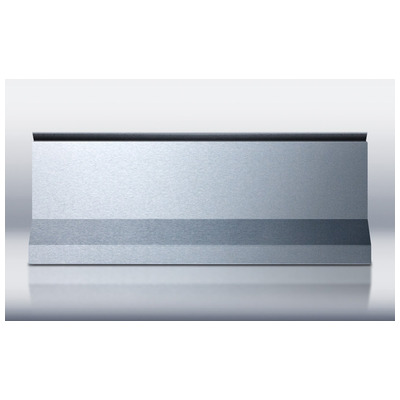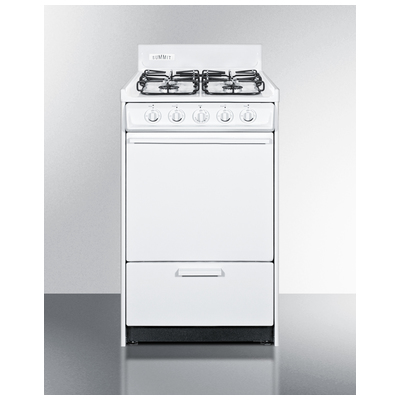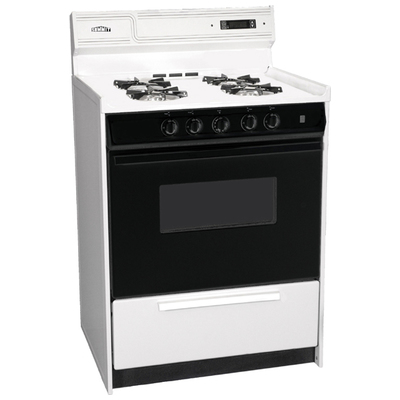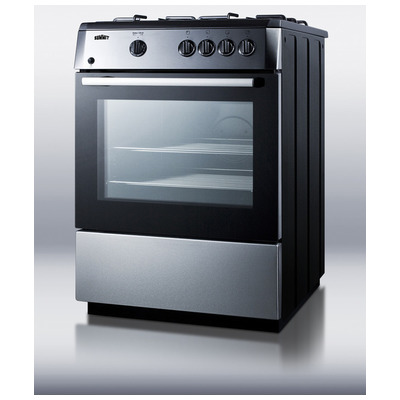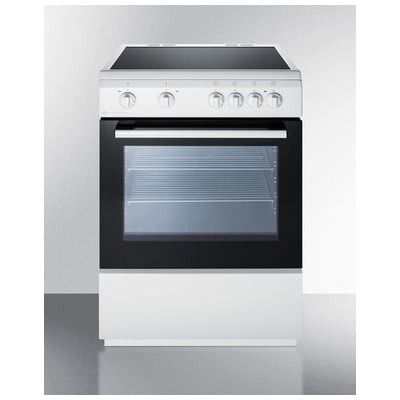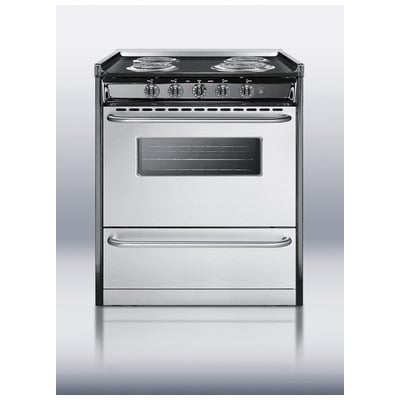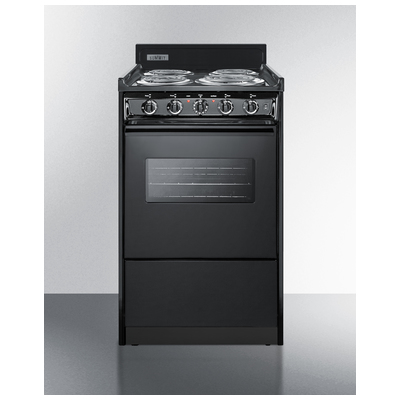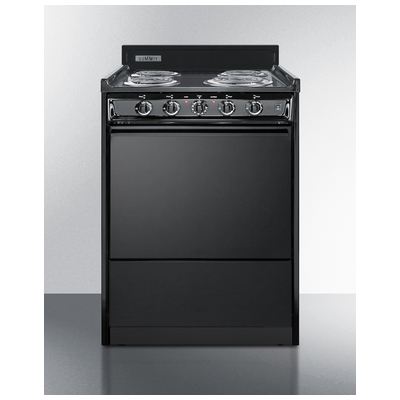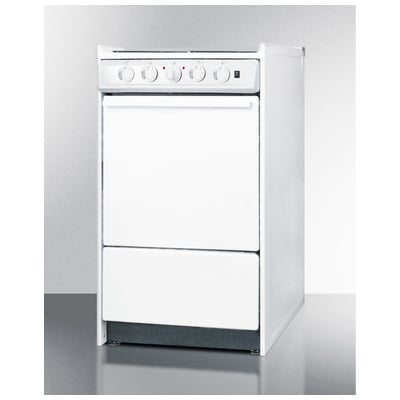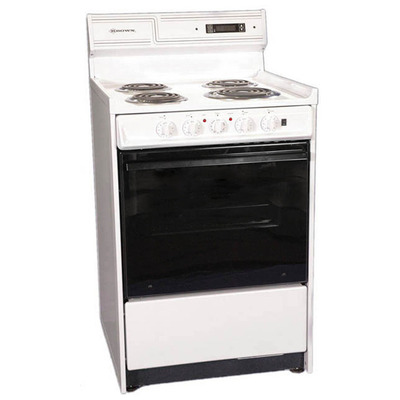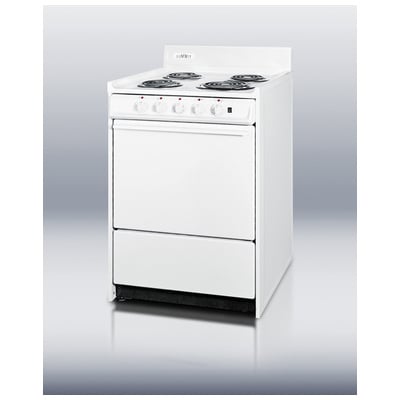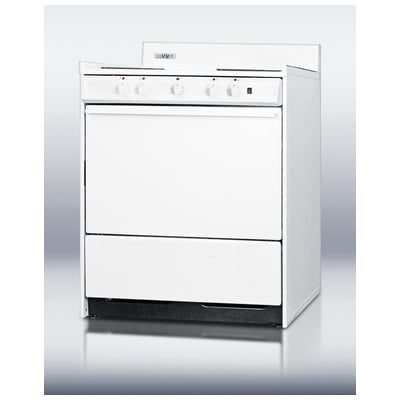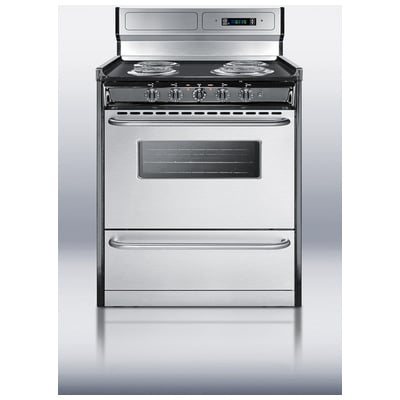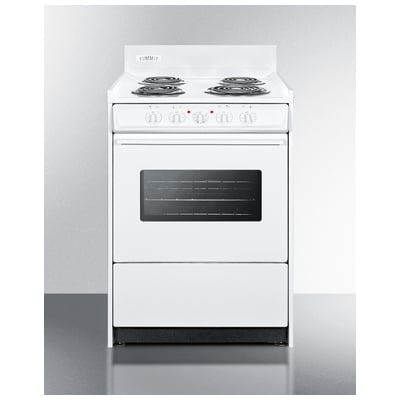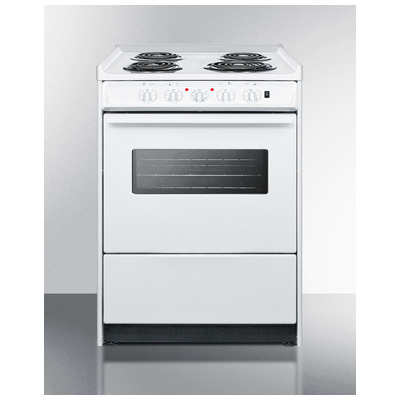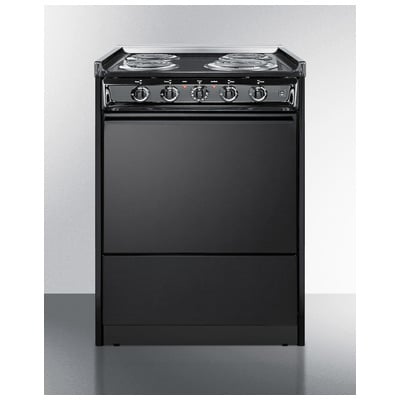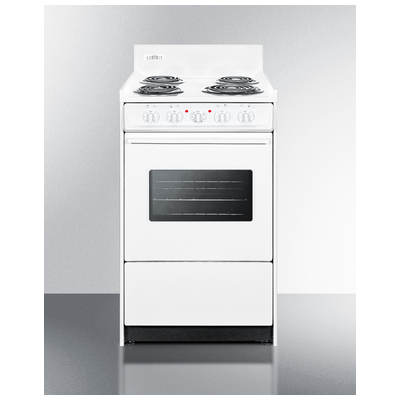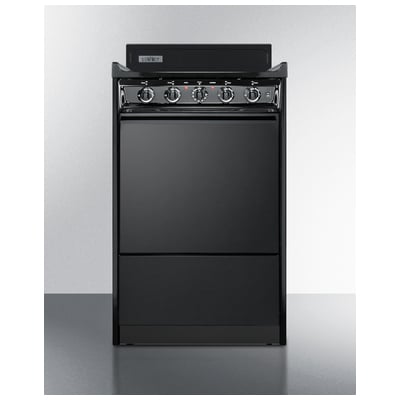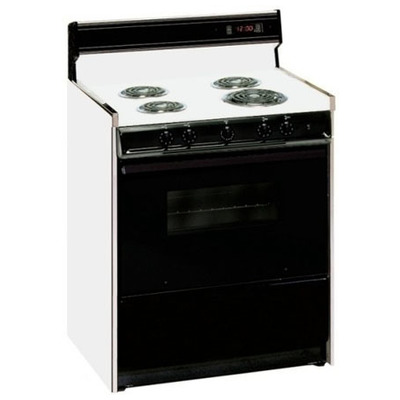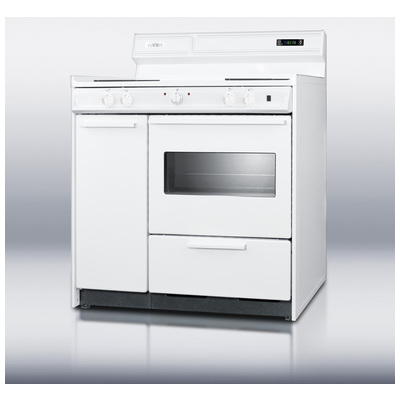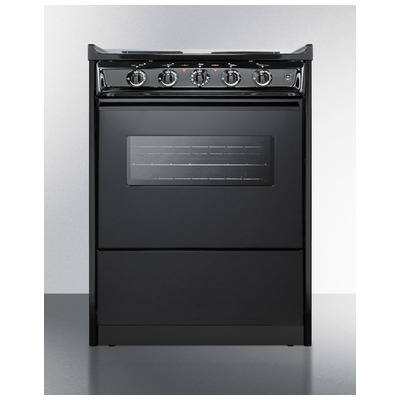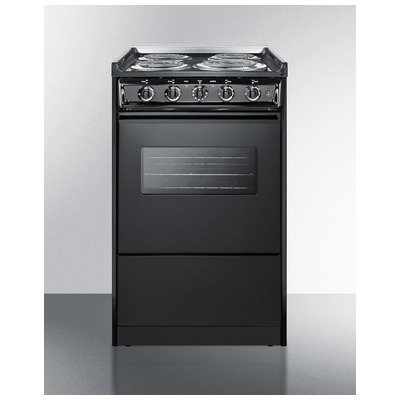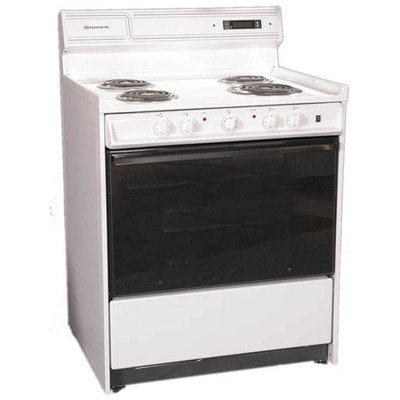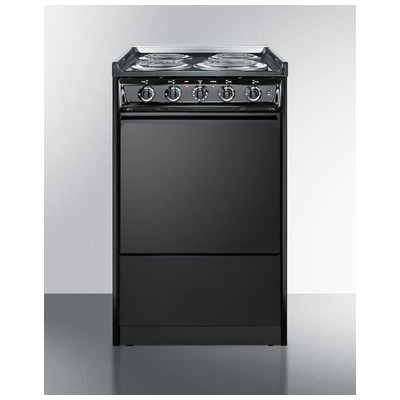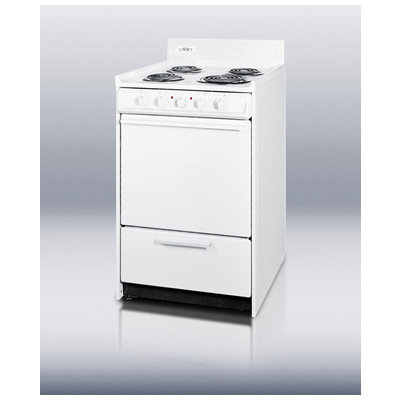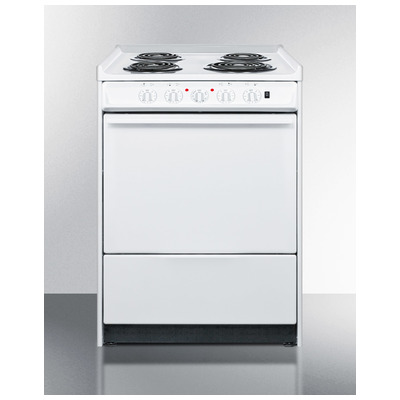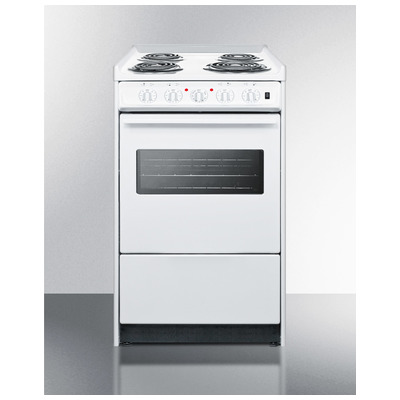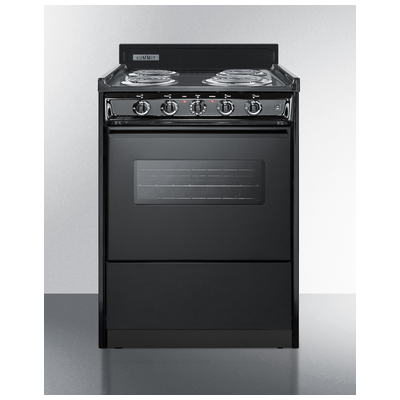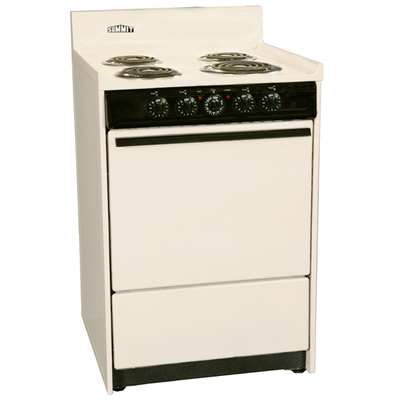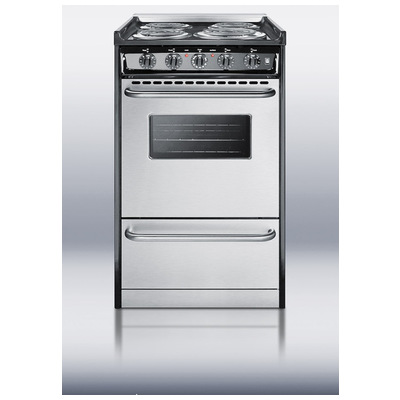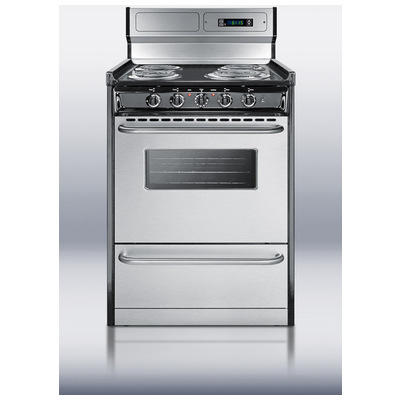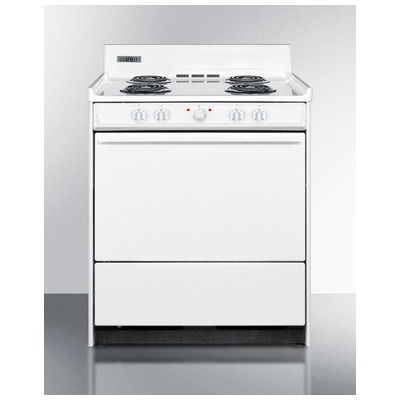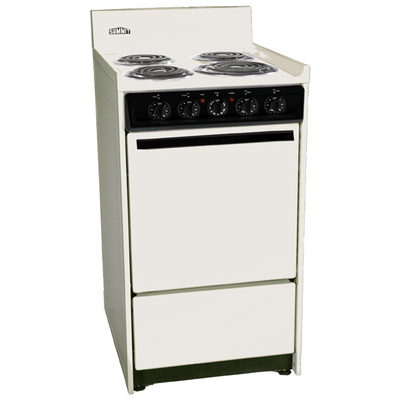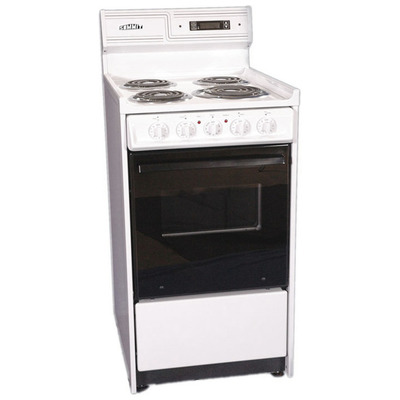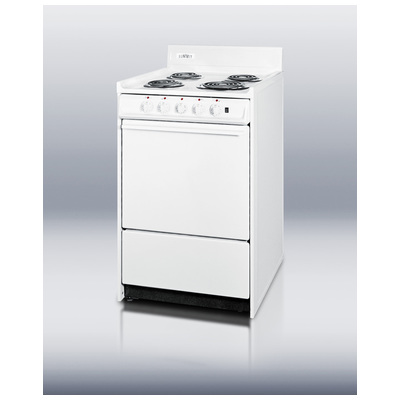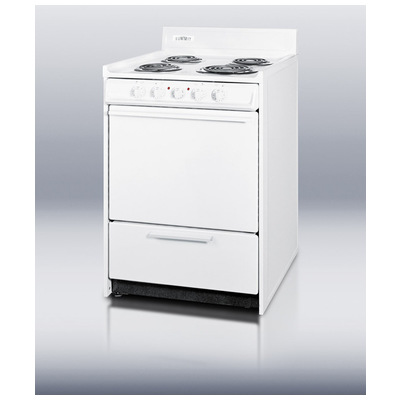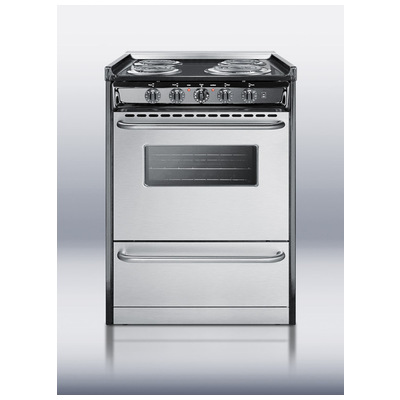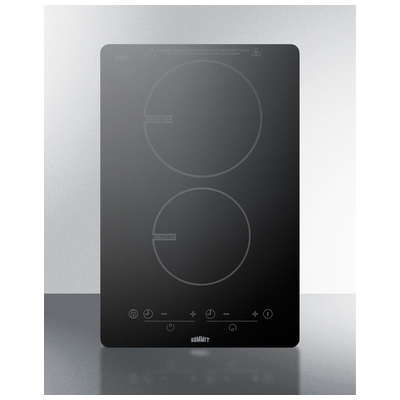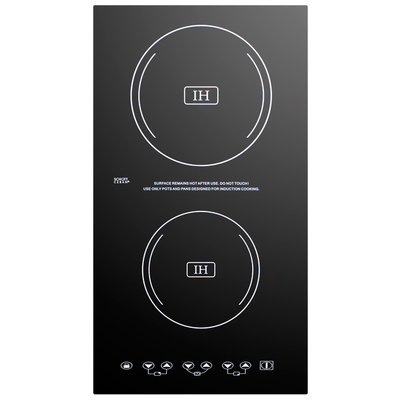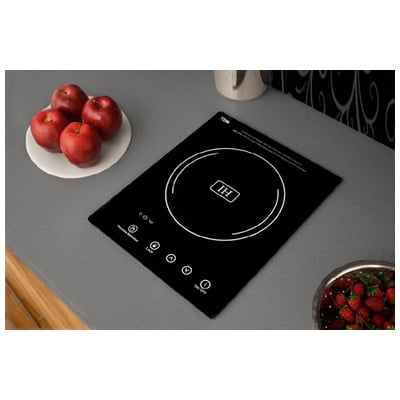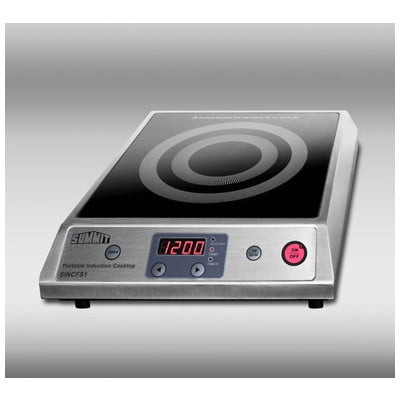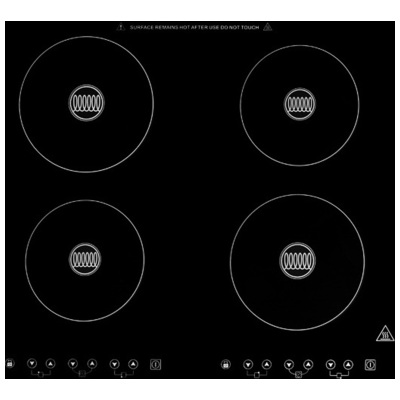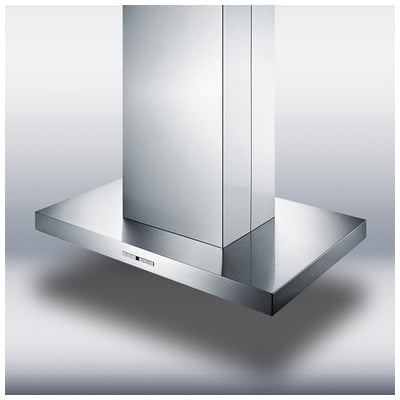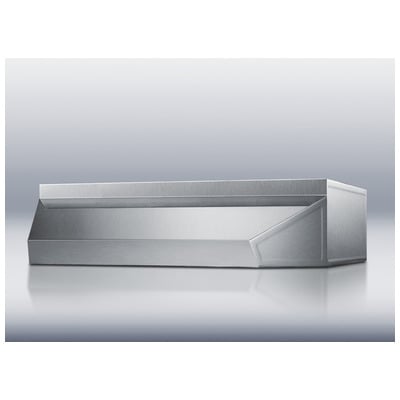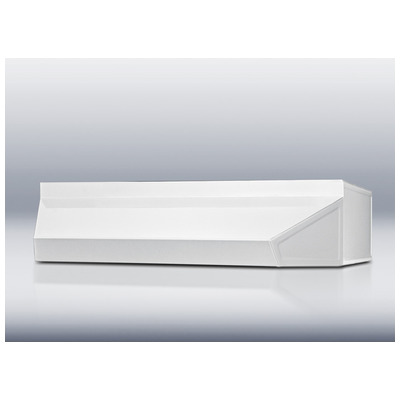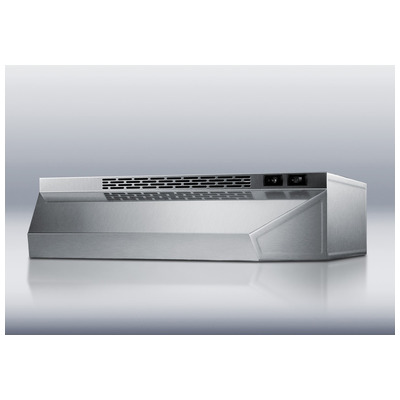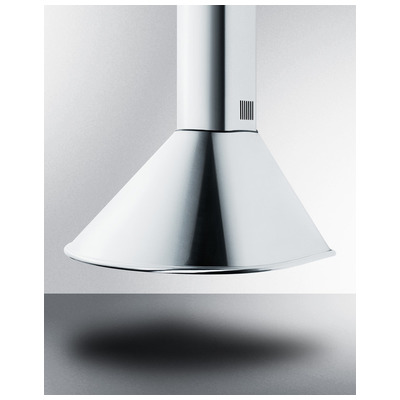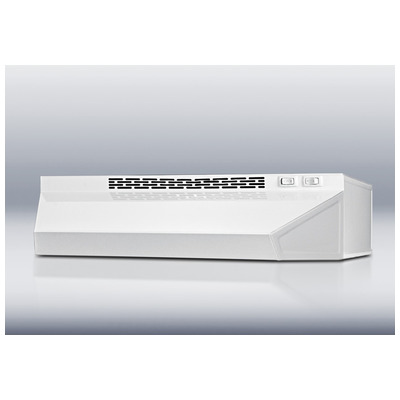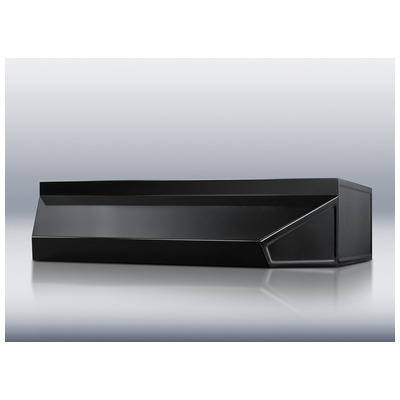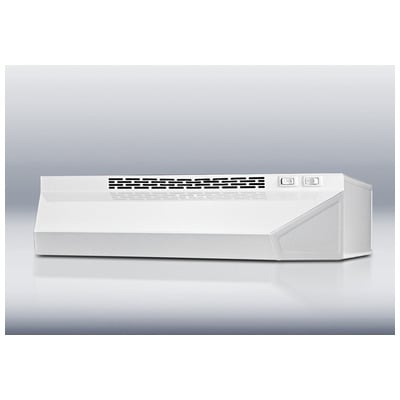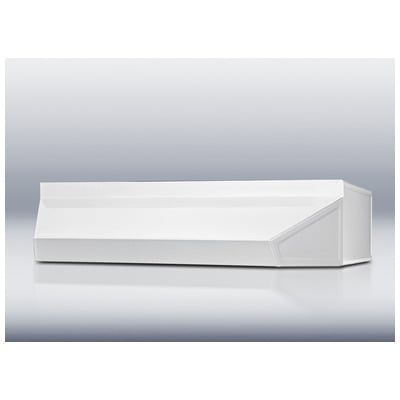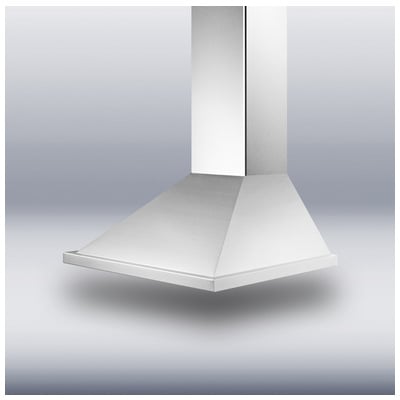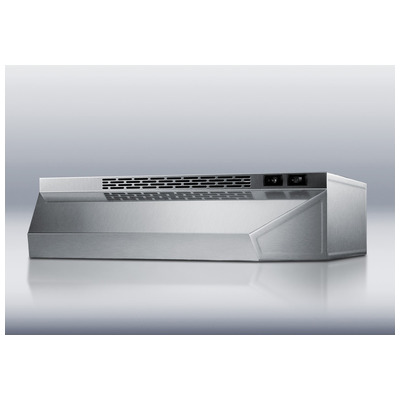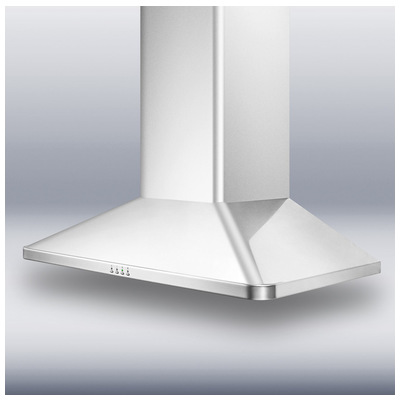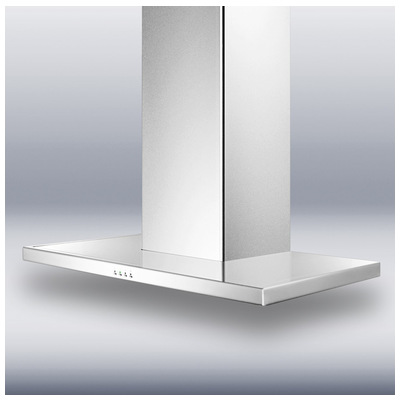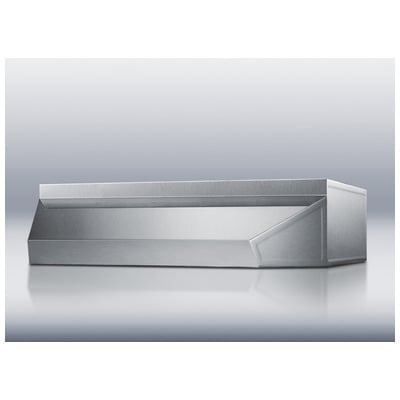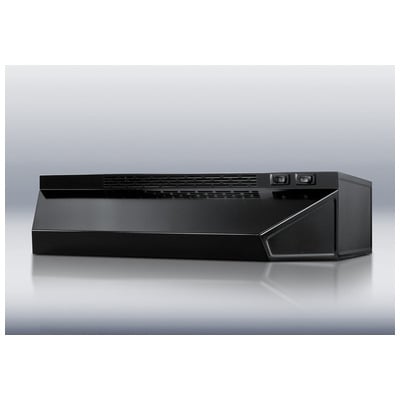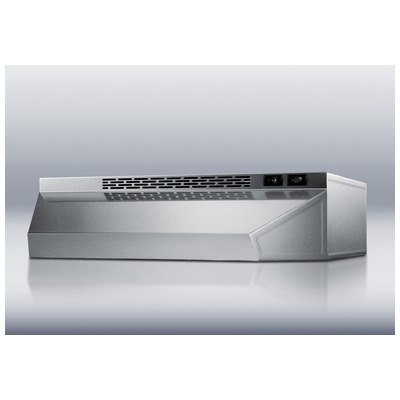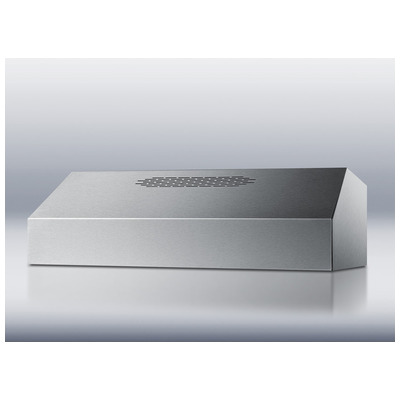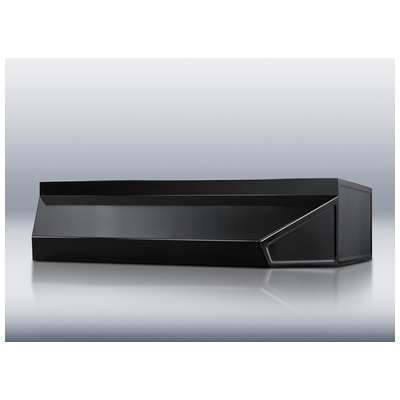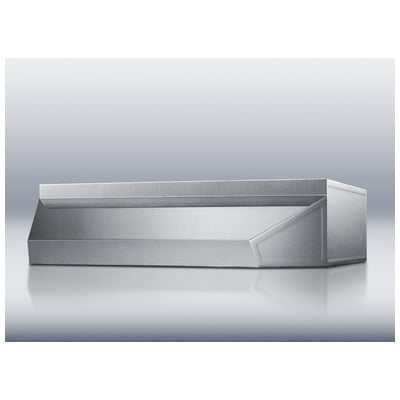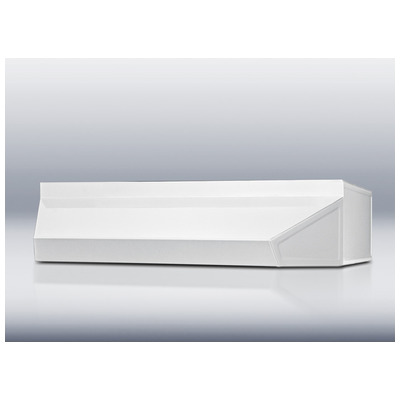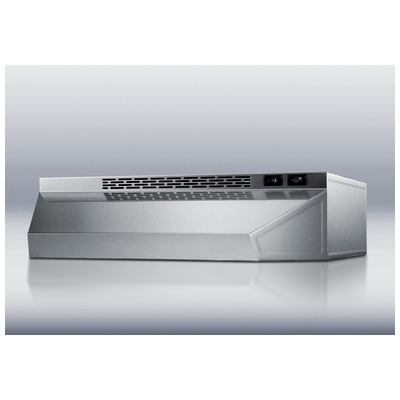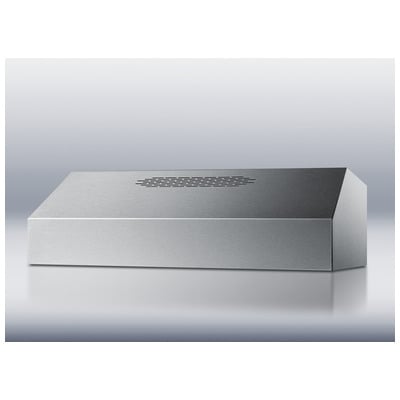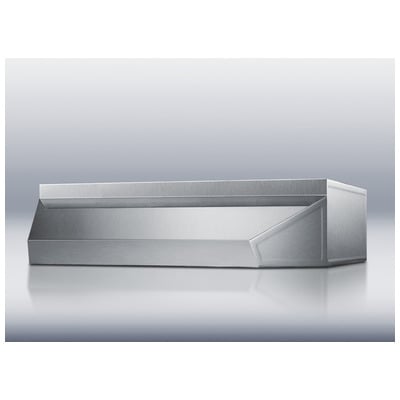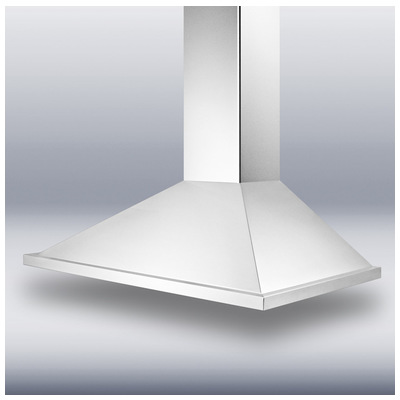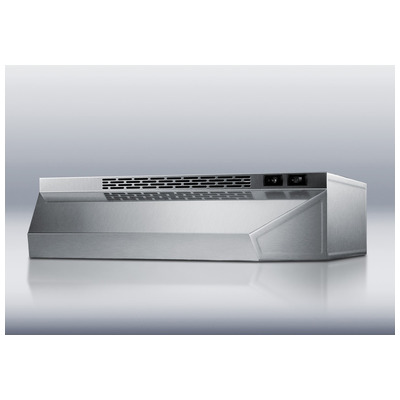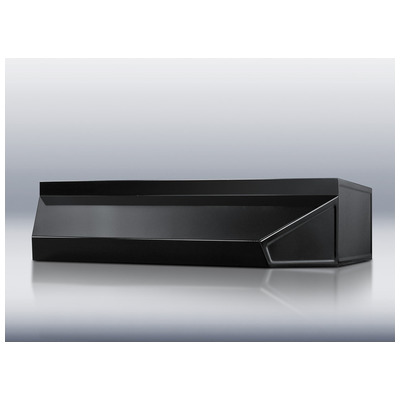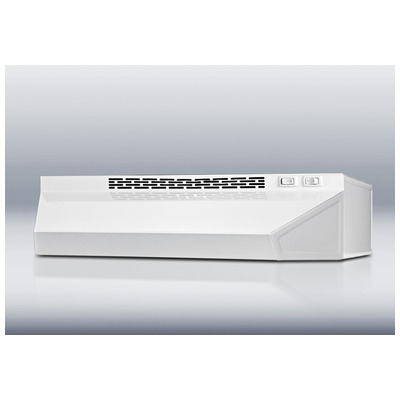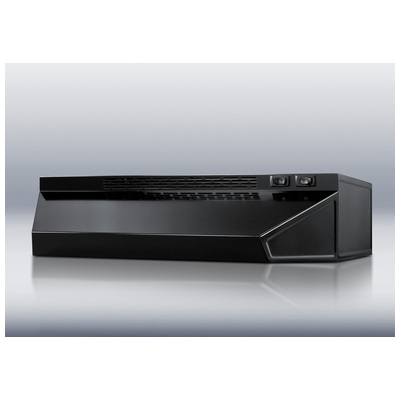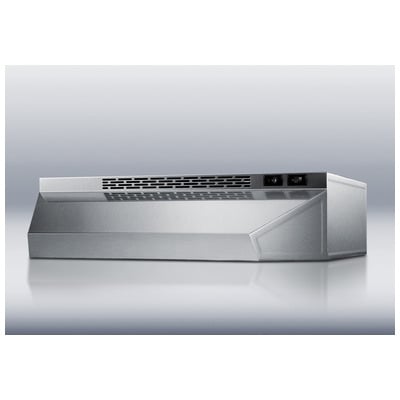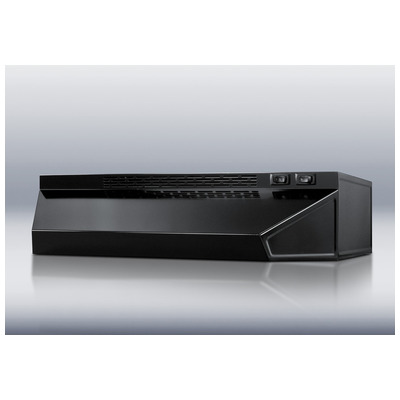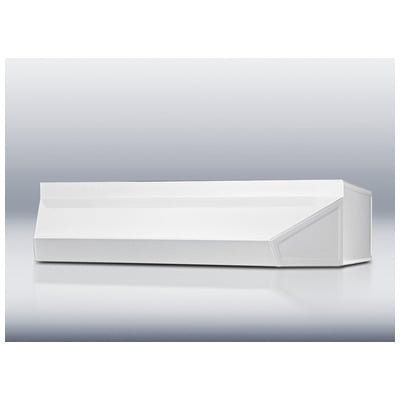It’s an age-old debate: people swear by their cooktops, confident that they have the best type to cook with and the rest aren’t worth using. What can start as an office icebreaker with coworkers or simple family dinner can become a serious argument. Thankfully, we live in the internet age, where anyone can look up information to prove or disprove a point. If that’s how you found this article, welcome! Let’s break down the three different types of stovetops a home can have.
Why the Fuss?

If you’ve never gotten to choose your range type (e.g. renters), it may come off as a silly argument so long as your cooktop works. But just so you know, there is a palpable difference between each heat source. However, there isn’t a single de facto winner, as everyone is correct on what they consider the best of the best. Why? Because it’s absolutely true that each type does better in certain areas than the others, and people determine worth based on those specifics. And more importantly, how it relates to their own cooking experience. It’s also very rare to get the opportunity to use multiple types of burners next to each other at the same time, instead relying on memory or recommendation.
Gas, Gas, Gas

If you wish you could grill indoors during bad weather, you want a gas stovetop. With the open flame, you can get a more natural char or sear on your food than simply a hot surface. Cooking and home improvement shows tend to prefer gas ranges, emphasizing their quick, responsive heat control. Gas stoves will help you fine-tune your heat levels more precisely than electric. After years of being a must-have luxury upgrade, gas ranges have come under fire lately. There are rising concerns that they contribute to poor indoor air quality, even when you aren’t using them. This can have a negative impact on people with conditions like asthma. But wait for more research before you panic and rip out your stove and oven in a pricey remodel. For now, make sure your appliance is in top condition and have the gas company visit if you suspect any issues.
Shop Gas Ranges:
Feeling Electric
If you’re afraid of an open flame, an electric stove is a no-brainer. Where gas flames offer a high degree of responsiveness and heat up and cool down quickly, electric stovetops (and more so electric ovens) offer something else: consistency. Electric stovetops offer a stable level of heat on every burner the entire duration of cooking. The coils (whether visible or hidden) heat up slowly but retain heat well. If you snap the stove off, it won’t cool down right away, but it will maintain a temperature well over time. If you do a lot of candy-making or patisserie, electric is a better bet. It’s easier to fine-tune a temperature at a lower heat and keep it steady while you bring your food up to temperature.
Shop Electric Ranges:
Electric Coil-Top or Smooth Top?
Electric ranges come in two main types: those with visible coils, and those with smooth (usually ceramic) tops. The former is more common and a less-expensive option that will get the job done. Parts and pieces are even easy to replace if you want to be your own handyman! Smooth top electric ranges also have built-in coils, but they’re hidden beneath a smooth surface that looks nicer. This makes them easier to clean, and basically eliminates your need to worry about food bits and grease gathering on open coil ranges. The ceramic surface gets quite hot, so it is still possible to burn food onto it, and the heat is less visible than with gas or coil, so you should be cautious letting kiddos near these when they’re in use. The other main drawback is that the concealed coils are more difficult to repair or replace if you need to.
Induction Cooktop
Last but not least, there’s always the option of “None of the above.” Induction cooktops are a niche but increasingly-popular alternative to traditional gas or electric ranges. Powered by electricity but heating using electromagnetic waves, induction cooktops ONLY heat what’s in your pan. Literally: even at the highest “heat” level, you can put your hand directly on the cooktop and not be injured (but don’t do this as a party trick and scare your guests). That’s because the heat transfers directly into your cooking vessel, with virtually no waste. They’re also more responsive to your heat controls than conventional electric cooktops (though a bit less than gas) and are much more energy efficient. The drawback? They can be quite expensive, and they only work with magnetically-conductive cookware, which means you’ll likely need to factor the cost of a new set of pots and pans into the price of the range.
Shop Induction Cooktops:
Always Add a Range Hood

No matter what type of power you choose to heat your oven, it’s in your best interest to have a range hood. Ventilating the area above your stove will help keep your home smoke-free, improve indoor air quality, and reduce icky grease buildup around your kitchen. Even re-circulating range hoods make a difference; while a vented hood will put a bigger dent in added heat and steam, even the most basic range hood will keep the air in your kitchen more breathable. If you have a gas range and have the worry but not the budget to replace your gas line, remember to run the range fan whenever you’re making a bite to eat.
Of course, the big takeaway is to choose an appliance that suits your cooking style best. If your range performs opposite of the general results for its type, remember that new models for cooktops come out every year and affect the average. Also, your energy supply and the cookware you use also affect how a stove performs cooking the same dish. Now stop arguing!
Shop Range Hoods:


